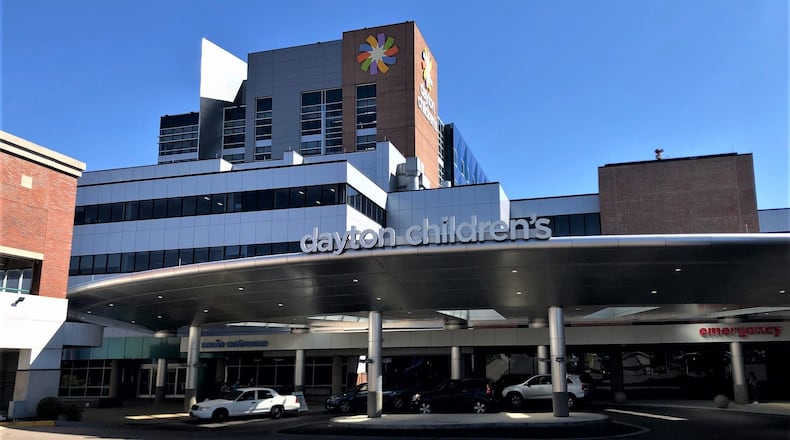The northern part of the state has had a huge uptick in its pediatric hospitalizations, which Dayton Children’s Hospital has also recently seen in the past few days, said Chief Medical Officer Dr. Adam Mezoff.
Mezoff said this increase is likely from several reasons. The omicron variant is more prevalent and more infectious.
“We are just coming off a holiday where folks were gathering, so I think those two factors together has certainly propelled the volume of patients we’re seeing,” he said.
People can search gettheshot.coronavirus.ohio.gov/ to make an appointment for a COVID-19 vaccine, with Dayton Children’s or elsewhere.
Mezoff said they have five RSV patients in the hospital, down from 20 children at one point, and two patients with the flu.
Mezoff said children should be wearing a mask when returning to school and surgical masks are recommended as more effective than cloth masks.
“And I want us to all remember that we will not get out of this pandemic individually. We can only do this together,” he said.
Nationally, the Associated Press reports the omicron-fueled surge that is sending COVID-19 cases rocketing in the U.S. is putting children in the hospital in close to record numbers, and experts lament that most of the youngsters are not vaccinated.
During the week of Dec. 21-27, an average of 334 children 17 and under were admitted per day to hospitals with the coronavirus, a 58% increase from the week before, according to the Centers for Disease Control and Prevention.
The previous peak over the course of the pandemic was in early September, when child hospitalizations averaged 342 per day, the CDC said.
On a more hopeful note, children continue to represent a small percentage of those being hospitalized with COVID-19: An average of over 9,400 people of all ages were admitted per day during the same week in December. And many doctors say the youngsters coming in now seem less sick than those seen during the delta surge over the summer.
Two months after vaccinations were approved for 5- to 11-year-olds, about 14% are fully protected, CDC data shows. The rate is higher for 12- to 17-year-olds, at about 53%.
About the Author

